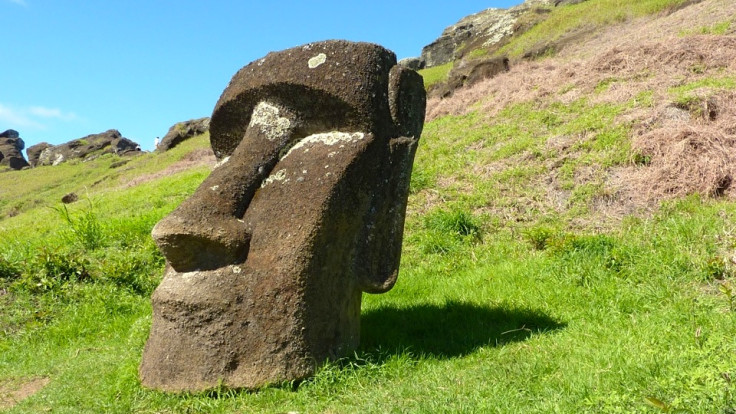Easter Island civilisation collapse: Have the Rapa Nui been wrongly blamed?

The demise of the infamous Polynesian culture on Easter Island is a story of pushing against constraints and having to pull back, rather than one of a violent collapse from environmental degradation or disease, says a new research.
The study by a group of international researchers, including UC Santa Barbara, suggests that the Rapa Nui reacted to regional variations and natural environmental barriers to producing crops rather than degrading the environment themselves.
They were able to maintain a viable culture even under the threat of external factors, including European diseases such as smallpox, syphilis and tuberculosis.
Their demise began even before the Europeans arrived in 1722, suggests the research.
Often cited by environmentalists to show how uncontrolled human exploitation of natural resources can hit back on a civilisation, the demise of the Rapa Nui civilisation has been blamed on deforestation and extinction of natural resources.
Some believe the civilisation perished from a disease brought in by Europeans.
Easter Island is famous for its 887 extant monumental statues, called Moai, created by the early Rapa Nui people.
The latest research examined six agriculture sites used by the island's statue-building inhabitants.
These included a mix of low rainfall and relatively high soil nutrient regions, high rainfall and low nutrient supply, intermediate amounts of rainfall and relatively high soil nutrients.
The study sites reflected the environmental diversity of the roughly 100 square kilometre island situated off the west coast of Chile.
The team used flakes of obsidian, a natural glass, as a dating tool. Measuring the amount of water that had penetrated the obsidian's surface, allowed the researchers to determine its age.
"When we evaluate the length of time that the land was used based on the age distribution of each site's obsidian flakes, which we used as an index of human habitation, we find that the very dry area and the very wet area were abandoned before European contact," says Oliver Chadwick, a professor in UC Santa Barbara's Department of Geography and the Environmental Studies Program. "The area that had relatively high nutrients and intermediate rainfall maintained a robust population well after European contact."
Chadwick was joined by archaeologists Christopher Stevenson of Virginia Commonwealth University, Cedric Puleston of UC Davis and Thegn Ladefoged of the University of Auckland.
Their findings are published in the Proceedings of the National Academy of Sciences.

© Copyright IBTimes 2025. All rights reserved.





















